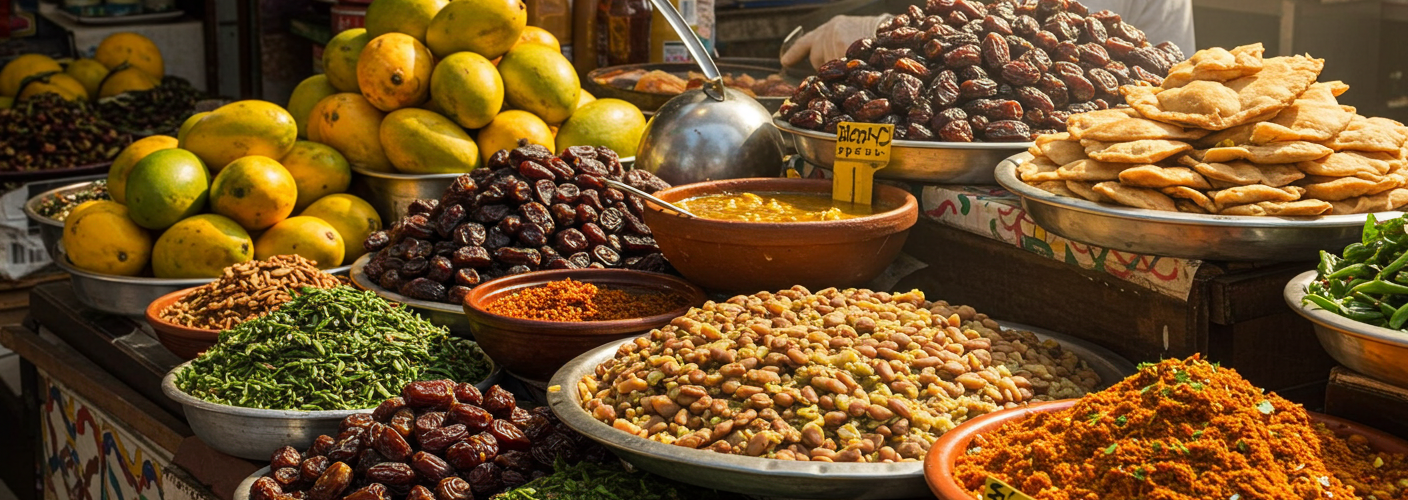When it comes to food, Egypt offers a fascinating blend of flavors, ingredients, and traditions that reflect its rich history and diverse culture. Egyptian cuisine is an integral part of its identity, influenced by a myriad of factors, including geography, climate, and the various civilizations that have thrived on its land.
One of the most iconic staples of Egyptian food is bread, specifically “baladi” bread, a flatbread that is a fundamental part of everyday meals. Made from whole wheat flour, it has a slightly chewy texture and is often used to scoop up other dishes. Bread is not just a side; it symbolizes hospitality and is present at every table, serving as a conduit for sharing and community.
Another cornerstone of Egyptian cuisine is rice, which is often served alongside a variety of dishes. One of the most beloved rice dishes is koshari, a hearty mix of lentils, rice, pasta, and topped with a spicy tomato sauce and crispy onions. This dish perfectly encapsulates the essence of Egyptian food, showcasing how simple ingredients can come together to create something extraordinary. Koshari is not just a meal; it represents the blend of various cultural influences in Egypt, combining flavors from the Middle East and North Africa.
Moving on, we cannot discuss Egyptian food without mentioning fava beans, which play a crucial role in the national dish, ful medames. Traditionally eaten for breakfast, this dish consists of slow-cooked fava beans seasoned with olive oil, garlic, and lemon juice. It’s commonly served with eggs and a side of pickled vegetables. Ful medames is not only nourishing but also sets the tone for a family’s day, highlighting the importance of slow, communal meals in Egyptian culture.
For those with a sweet tooth, basbousa, a semolina cake soaked in syrup, is a delightful treat that showcases the love Egyptians have for sweets. Often garnished with almonds or coconut, basbousa is a popular choice for celebrations and gatherings, illustrating how food plays a role in marking special occasions in Egypt.
Adding to the variety, grilled meats, especially lamb and chicken, are also popular among Egyptians. Shawarma, a dish of marinated meat cooked on a vertical rotisserie, is widely enjoyed both on its own and wrapped in pita with fresh vegetables and sauces. It’s a perfect example of how street food in Egypt caters to both locals and tourists, creating a flavorful, portable treat that reflects the country’s culinary diversity.
Spices and herbs are essential components of Egyptian cooking, with ingredients like cumin, coriander, and garlic appearing in many dishes. The use of these spices not only enhances flavor but also showcases the historical trade routes that passed through Egypt, incorporating influences from neighboring regions.
As Egypt continues to evolve, so too does its food culture. Modern interpretations of traditional dishes, fusion cuisine, and the influx of global influences create a vibrant dining scene that respects the past while looking towards the future.
Whether you’re savouring a plate of koshari at a bustling street vendor or indulging in a homemade dish at a family gathering, experiencing Egyptian food is truly a journey through time and taste. Each bite tells a story, connecting people to their heritage and to one another in a celebration of flavors, traditions, and community.




Add comment